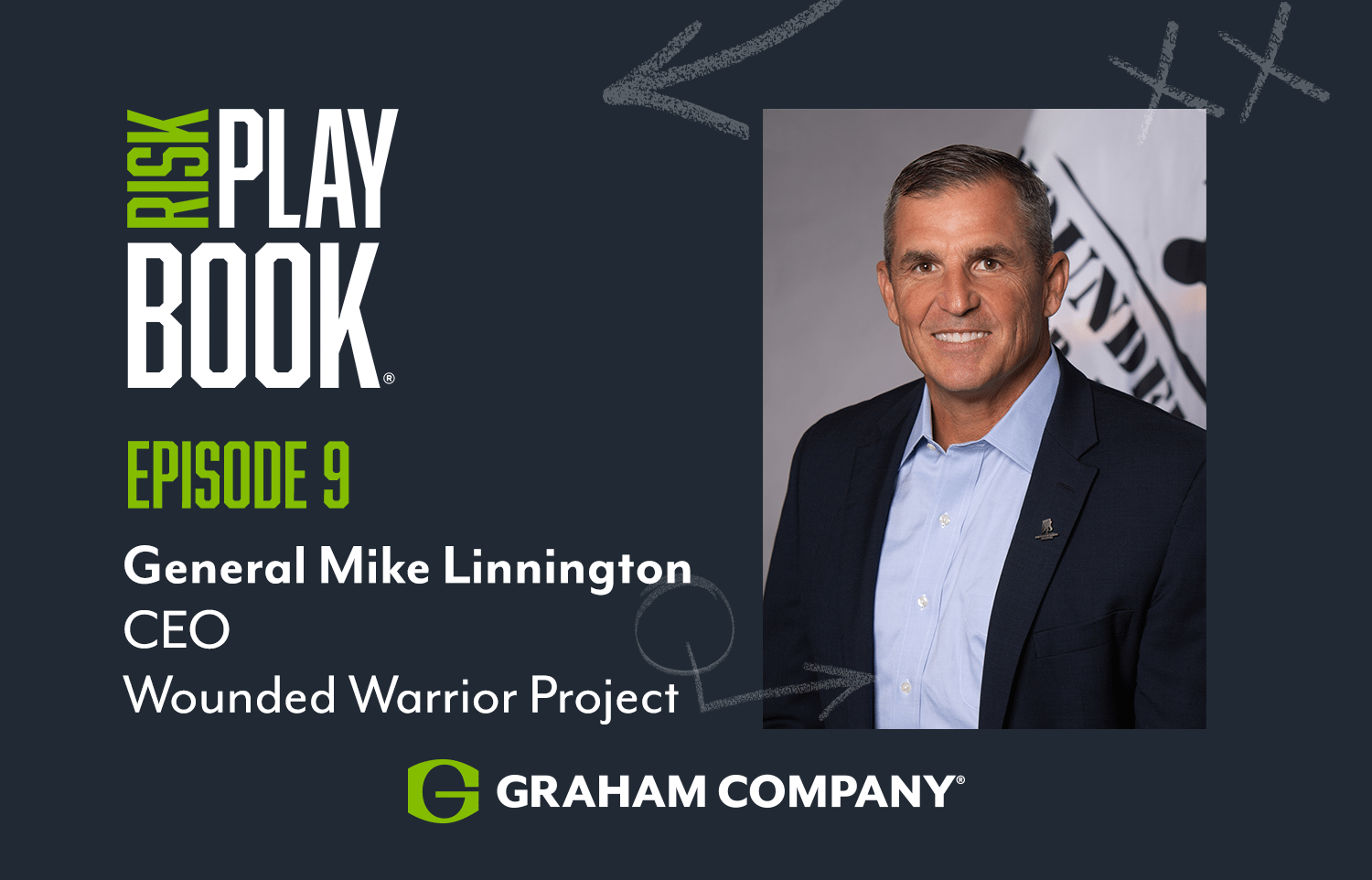With each passing year, cars are getting smarter. Just like our smartphones, they’re becoming more sophisticated and more pervasive. The same way you can easily find someone holding an iPhone on the street, you can now find a person driving a car with smart capabilities.
According to industry reports, 90% of the vehicles on the road will be smart cars by the year 2020. With internet rumors swirling about Apple manufacturing a car of its own, the idea of nearly every new car being a smart one in just five years isn’t too hard to imagine.
Smart Cars & Potential Risks
All of this new technology is exciting. However, if you’re a fleet manager, it presents a whole new set of potential risk factors that you need to plan for. These new exposures come from both inside the vehicle and out.
Externally, you need to be concerned about automotive cyber security. With added technology inside your vehicle, there is a possibility of your smart cars being hacked. Having an outside source access and take control of your vehicles – similar to how a hacker would access your company’s network – is a real risk and hackers have already shown their ability to do this.
Internally, there are increased concerns over distracted driving. The National Safety Council’s Annual Estimate of Cell Phone Crashes estimates that at least 27% of the nation’s car accidents are caused by cellphone use while driving. If one in four auto accidents is caused by drivers being distracted by their cell phones, imagine how distracted they may be if their car also has smart capabilities. This presents fleet managers with a significant internal risk.
Protecting your Fleet
Knowing that these internal and external risks exist, how do you protect your fleet from them? First, you should take a fresh look at policies in place prohibiting non-work related technology use in your vehicles. The focus has traditionally been on cell phone use, but it must be more comprehensive.
You can also take it one step further by making sure your fleet features controls that disable the use of certain technological features when the vehicle passes a certain speed. This is similar to cellphone blockers and can be very effective. These technologies also have features that permit certain phone calls and messages so your team can still communicate critical information.
This is another area where companies are exposed to another cyber risk. Traditionally, the cyber discussion did not extend to fleet safety teams. With these new technologies fleet managers share the concerns of the Finance, IT and other risk managers as it relates to cyber threats – preventing them and insuring for them.
If you’re just getting started or if you simply need a helping hand, talk to your insurance broker’s safety team. They’ll help you assess your situation, plan for the future and implement the risk controls you need so your fleet is well protected.

Philadelphia, PA, 19102







